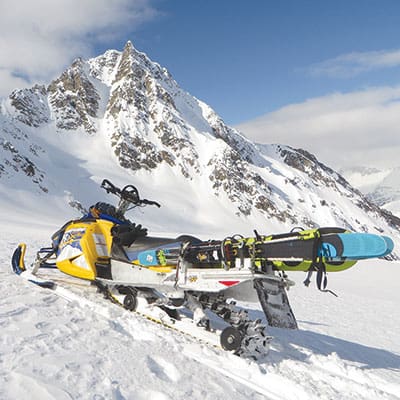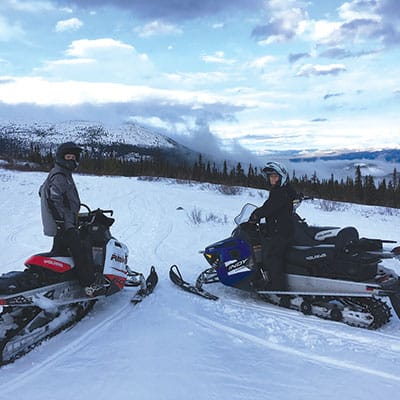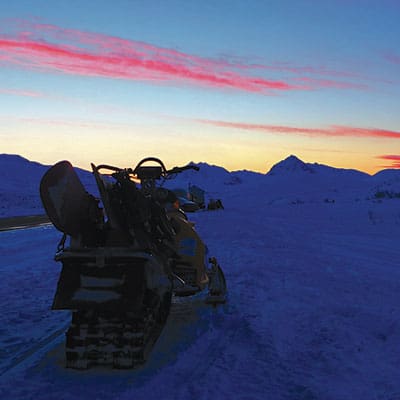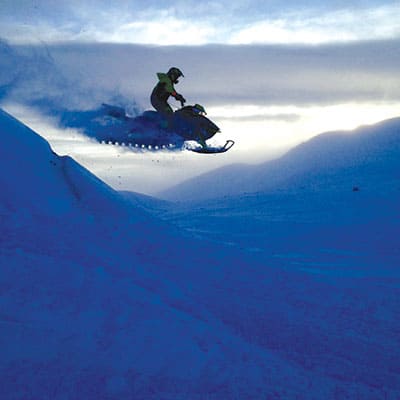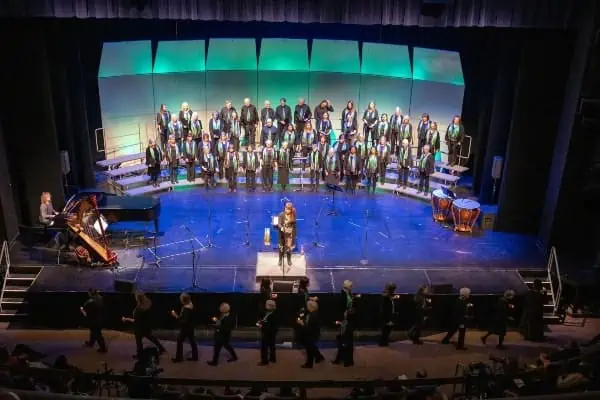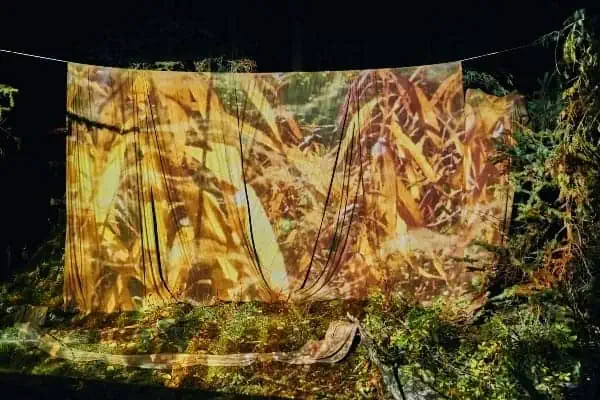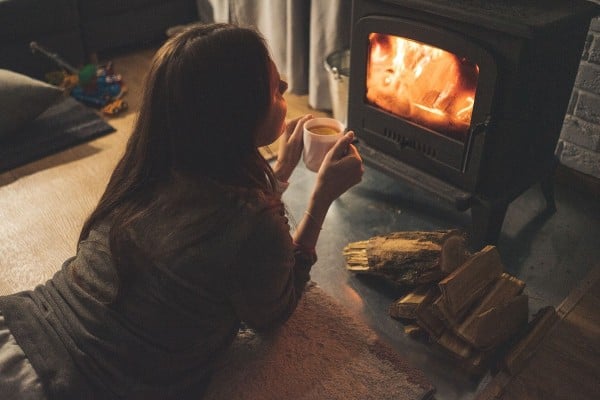As those cold, dark winter days start to fade like a bad memory, Yukoners emerge and many will dust off their snow machines, or sleds, in preparation for popular spring sledding. But what’s the appeal of investing time and money on these machines and venturing into dangerous terrain? While gazing in envy at their impressive photos, I talk to some local sledders to find out more: Ben Craigen, born and raised Yukoner who has been sledding for 25 years; Thomas Pearson, originally from Prince George, B.C. has been sledding in the Yukon for 12 years; Jim Welsh, originally from Ontario has been sledding 25 years and 13 years in the Yukon; and Mark Daniels, born and raised Yukoner and President of the Klondike Snowmobile Association, has been sledding for 40 years, mostly in the Yukon.
[one_half]
What’s the appeal of sledding in the Yukon?
Craigen: From eight years old, I begged my parents for one and they finally caved when I was 12. They were non-motorized recreationists, so they did not understand why I wanted one so badly. Sledding in the Yukon gives you the ability to access some of the most remote and most beautiful terrain that Canada has to offer. It’s just not possible to get to it in a timely manner using self-propelled means all of the time. These days I use it more as a backcountry chairlift to access new snowboarding terrain.
Pearson: I’ve been sledding in the Yukon since 2006. We used to get a lot more snow at the summits, which was always an appeal for us sledders. The amazing thing about Yukon sledding is not only the beautiful scenery, but just the amount of riding areas we have access to if we get the snow.
Daniels: The appeal of sledding in the Yukon is the same as sledding anywhere – fun, excitement, camaraderie, fresh air, exercise, and the enjoyment of nature. The Yukon is unique from many other places in that we offer more freedom here: longer season, more places to ride, more off-trail opportunities, a variety of terrain from groomed trails to extreme backcountry, ability to ride from your house rather than trailering everywhere.
Welsh: The Yukon has every kind of sledding. There are mountains with deep snow, ice fields, trail systems and even arctic coast adventures.
I’ve heard there’s been quite a number of sledders out so far this winter, so why is spring the best time for sledding?
Pearson: For me personally, I like January/February riding for the dry, crisp powder. Spring is a popular time to ride because the snow conditions are easier to get around in and we get most of our sunshine and warmer temperatures. Spring riding up here can be amazing if we get some big spring storms – which does happen!
Welsh: During the spring the snow pack sets up. The conditions can be safer and the travel easier as a result of the consolidated snowpack. There is also the long days and heat in the sun.
Daniels: The Yukon, being semi-arid, has “dry” snow that accumulates slowly as the season progresses. It’s also very dark and cold most of the winter. Spring is special for snowmobiling because the days are longer and the weather is warmer. The dry, fluffy snow sets up so even novice riders can navigate off-trail. Easter weekend at the Haines and Skagway summits are fixtures in the Yukon calendar.
Craigen: Spring is special for the longer days when you don’t have the fight against usable daylight hours. Usually it’s your body that tells you the day is over on good spring days. I have actually been out snowmobiling until midnight on some memorable years during mid-May!
I know you’re highly unlikely to divulge your favourite spots to ride, but share some of the best places to sled?
Daniels: Riders tend to gravitate to the Haines and Skagway summits in the spring as the snow base there sets up and the snow in the lower elevations disappears or glazes over with the spring freeze/thaw cycles.
Pearson: I’m lucky enough to have ridden and explored all over the Yukon, so I would say some of the best spots would be Skagway Summit, Atlin and Mayo.
Welsh: The White Pass and Haines Pass are always excellent choices. Checking out the area behind Fish Lake, it makes you realize we live in a special place.
Craigen: That’s for you to find out! Go explore. All I can say is that White Pass and Haines Pass are great places to start.
What’s the gnarliest thing you’ve ever done?
Pearson: Gnarly, hmm, I’m an avid technical tree rider, so honestly, every ride gets pretty gnarly. I like to find steep tree lines and bust an elevator down through the trees to the bottom. That’s always fun.
Welsh: I once did a month-long trip on the Arctic coast. On almost the last day my snow machine burned to the ground in 10 minutes, leaving me alone on the ocean waiting for my partner. If I was not prepared with the right equipment it could have been a pretty grim day.
Craigen: Ghost riding* sleds down big glacial faces so you can get more turns per lap. It is always unnerving to watch your sled disappear over the fall line and stress over whether or not it is going to make it down safely. Then about a minute later it reappears looking like an ant 2,000 feet below you. That feeling never goes away!
*Ghost riding: A snowboarder/skier sends their snowmobile down a mountain without a rider and then snowboards/skis down to hopefully meet it.
[/one_half]
[one_half_last]
[/one_half_last]
Ben Craigen’s Top 5 Yukoner Backcountry Sledder tips:
- Take an avalanche course and educate yourself so you can make your own smart decisions about where to go. How to ride a snowmobile off a trail is overwhelming enough, never mind the fact that you will find yourself in a strange and vertical world way faster that you have ever gotten there before. Bad things can happen fast.
- Make sure you have the correct gear (avalanche gear, emergency first aid/overnight gear). You have to be self-dependent and definitely cannot expect a timely rescue in the event of a real emergency.
- A tow rope and a knowledgeable sled buddy are crucial. Never depend on one sled no matter how new it is.
- Hang on tight and don’t be afraid of the throttle. Sometimes you have to ride the bucking bronco if you don’t want to get stuck. You’ll understand when your time comes.
- Be prepared for the costs. It’s not quite a boat, but remember the motto, “If you want to play, you gotta pay.” But ask anyone who does and they will tell you it’s worth every penny…
For information about Klondike Snowmobile Association events, or other snowmobiling questions please contact the association by phone at 667-7680 or by email at [email protected]. Their web address is KSA.yk.ca.
For avalanche information and training check out the Yukon Avalanche Association website at www.YukonAvalanche.ca.

